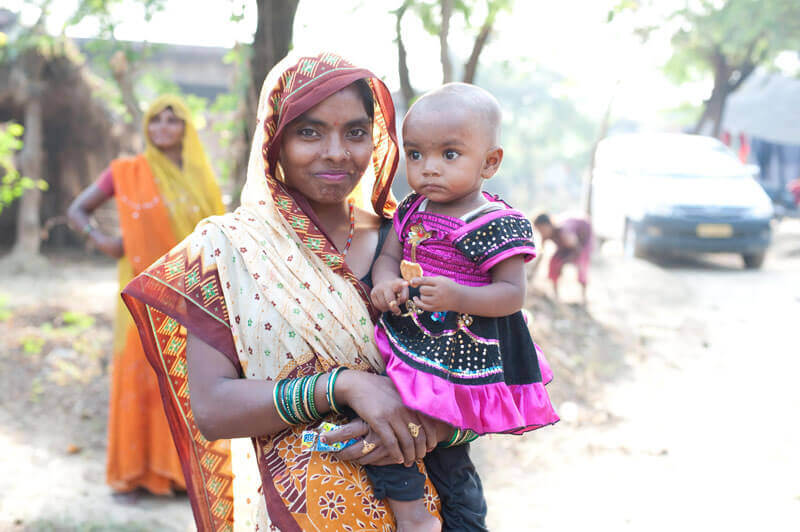Kaitlin ChristensonGHTC
Kaitlin Christenson is director of GHTC.
The annual World Health Assembly (WHA) has come and gone once again, and this time there’s a lot of exciting news to report on the innovation front.
We were following most closely the debates on the post-Consultative Expert Working Group on Research & Development: Financing and Coordination (CEWG) and on the post-2015 development agenda, but themes related to regulatory system strengthening, access to essential medicines, and the value of research and development (R&D) were in the spotlight throughout the week.
CEWG
Last year, Member States agreed to move forward with a series of demonstration projects intended to explore new mechanisms for financing and coordinating research for neglected diseases—an action intended to address some of the CEWG’s 2012 recommendations. Four demonstration projects are currently underway—including two managed by GHTC members Drugs for Neglected Diseases initiative (DNDi) and Medicines for Malaria Venture—which are expected to report out during the 69th WHA in 2016 on their success in advancing alternative mechanisms for funding global health R&D, including the use of open access models and the principle of delinkage—or separating drug prices from the cost of R&D.

Most notably, a resolution passed by Member States calls for the establishment of a pooled fund for R&D—to which Member States can voluntarily contribute—which will be housed at the World Health Organization (WHO) Special Programme for Research and Training in Tropical Diseases (TDR). Furthermore, in what is seen as a win by many in the global health community, delegates decided that the fund would be open to some categories of Type I diseases in addition to Type II and III diseases.
Member States also heard about progress toward establishing a Global Health R&D Observatory to monitor funding flows for R&D funding and expenditures. The WHO secretariat reported that work to map potential models for the observatory and key stakeholders has already begun.
Post-2015 development agenda
During a technical briefing for Member States, representatives from the WHO secretariat outlined a proposed overarching health goal: Ensure healthy lives and universal health coverage at all ages. It also articulated four sub-goals: (1) achieve the health-related Millennium Development Goals (MDGs), (2) address the burden of noncommunicable diseases, injuries, and mental disorders, (3) achieve universal health coverage including financial risk protection, and (4) address the social and environmental determinants of health. Unfortunately, largely missing from the session was mention of innovation or the role of R&D in achieving these sub-goals.
Along with COHRED, the Global Health Council (GHC), DNDi, and the International AIDS Vaccine Initiative, the GHTC hosted an official nongovernmental organization (NGO) side session to explore the role of R&D in the post-2015 development agenda. Speakers from the GAVI Alliance, the delegations of Senegal and Kenya, the INDEPTH Network, GlaxoSmithKline, GHC, and the WHO stressed that R&D for new innovative health tools is critical in making equitable and sustainable progress towards development goals. The event organizers developed a statement that is available to NGOs, academic institutions, Member States, and other partners for sign-on. Panelists closed by urging Member States and delegates to support health research and related policies and capacity building as a core component of a post-2015 agenda for equitable health and sustainable development.
Early in the week, Member States also passed a resolution calling for new tuberculosis (TB) targets, which should be reflected in the post-2015 development agenda. The resolution specifically calls for a 95 percent reduction in deaths from TB by 2035 and notes research and innovation as one of three key pillars that will help achieve this goal.
By the end of the week, Member States had approved a resolution on health in the post-2015 development agenda that called for completing the unfinished work of the health MDGs and noted the importance of universal health coverage and stronger health systems.
Access and affordability
Also hotly debated last week was how best to ensure access and affordability of essential medicines and other health products. The assembly passed a resolution on access to essential medicines calling upon Member States to improve the availability, affordability, quality, and rational use of essential medicines. Other debates also addressed access and affordability:
Regulatory systems strengthening
Member States called upon WHO to coordinate with national regulatory authorities in continuing its role in regulating medicines through establishing necessary norms and standards, supporting regulatory capacity-building and strengthening safety monitoring programs, particularly through the WHO prequalification process. In an excellent side session organized by the US Food and Drug Administration and the government of Mexico, WHO stressed that the prequalification program is not intended to be a permanent solution and that the WHO secretariat will take steps in the future to devolve responsibility for ensuring safety and quality of health products to regional and national structures.
All in all it was a busy but productive week. Now the responsibility for moving ahead with these resolutions rests with the WHO secretariat and the Member States themselves.